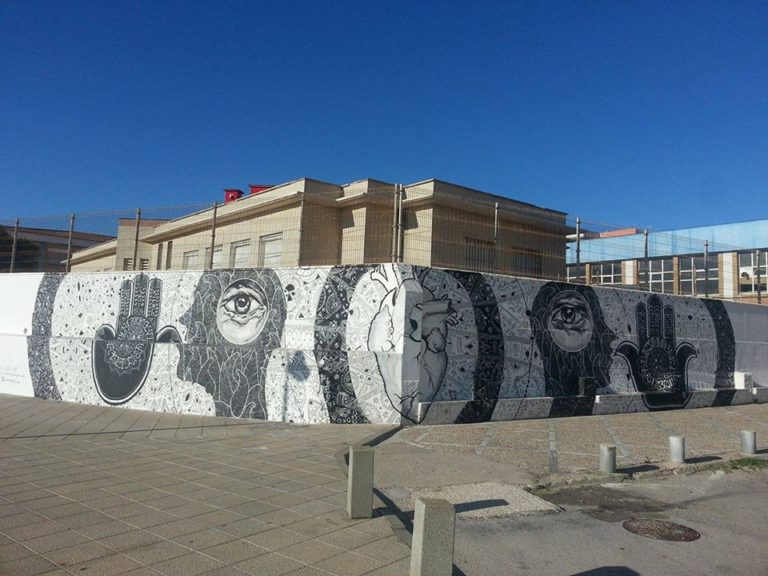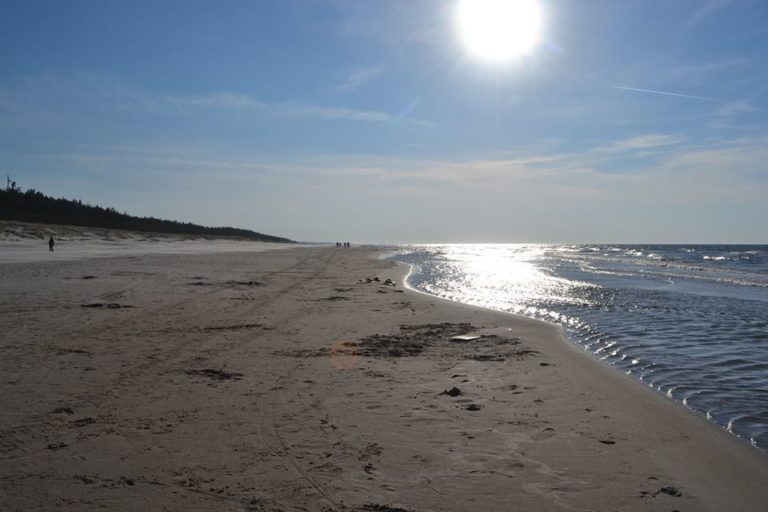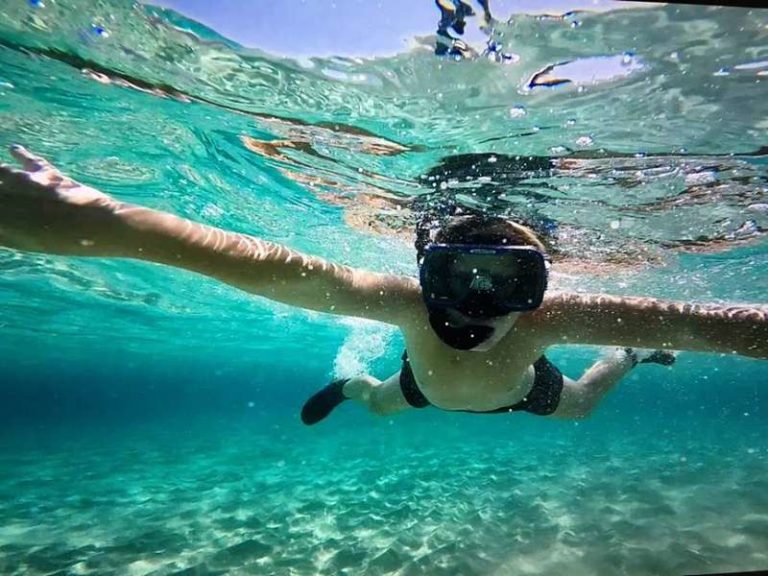Why did I go to Vietnam to try kitesurfing? It was on the way from New Zealand and there was also the opportunity to do an IKO course, which was my requirement and there were no courses offered elsewhere at the time. So I didn’t do much research on the spots as the plan was clear to me. And that was to spend at least two weeks on an instructor course in Mui Ne. I may write about the course in another article sometime. I was in Vietnam from mid-November to the second week of December, and I have to say that it was definitely not a bad period, there were still quite a few people, so there was still plenty of space on the spot and on the beach.
In all the time I was in Vietnam, I only kited in two places, in Mui Ne (Phan Thiet) and then about 140 km north of Phan Rang.
Season: october – may (extreme months with reserve! it doesn’t always have to be like this)
Average temperatures: 30-34 °C (unless you catch a cyclone :D)
Average water temperature: 25-27 °C
Wind direction: NE, E, SE
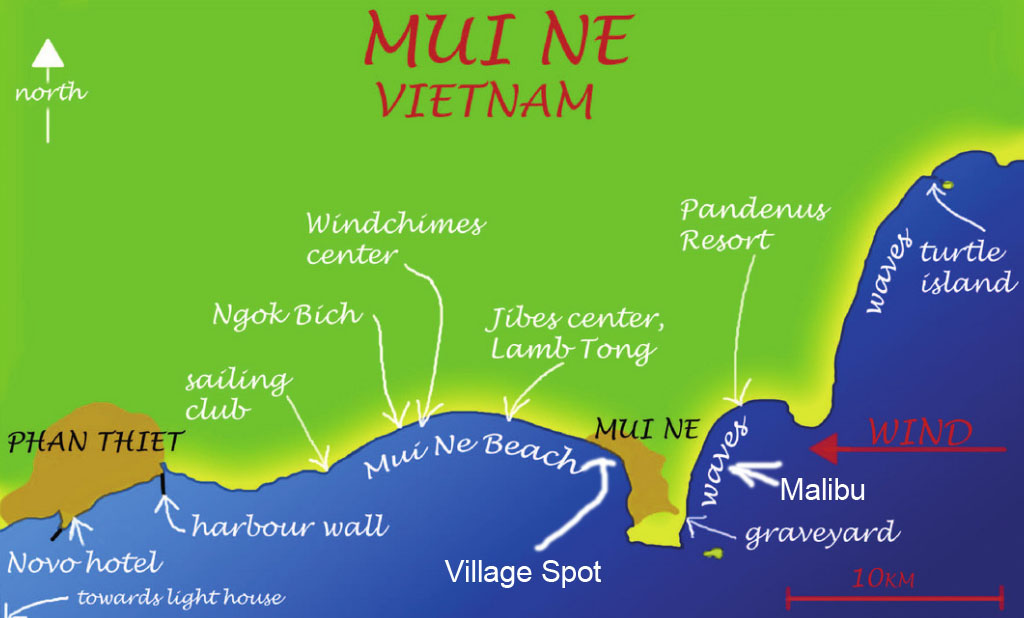
KITESURFING MUI NE – PHAN THIET
Mui Ne as such is compared to most of Vietnam is much more touristy and so it is signed on a lot of factors, a lot of hotels, higher prices, but on the other hand you can speak more English and more services are available, Wifi on every corner and free… But there is also a lot of garbage, with which as in most of Asia nobody is bothered. Anyway, it’s about priorities and something different suits everyone.
Spot description: Beautiful sandy beach. Well, “beautiful” doesn’t quite apply anymore, however, the beach stretches all along Mui Ne bay and most of it is lined with hotels that have their own or affiliated kite schools (I think there are about 13 of them at the same time). According to the locals, the beach used to be bigger, but the surf is taking its toll and gradually shrinking the beach, so there is nothing to do but crowd onto an ever smaller beach. Most kiteschools provide the option to pay for a membership and use all their facilities including a locker, compressor and most importantly “beach boys” who will happily land and launch your kite but also in high season manage people entering and leaving the water to keep collisions to a minimum. Kiteschools also have jets, so if there are any problems in the water they will come for you. The price for these services varies and it’s probably not a bad idea to ask around first or if you’re staying in a hotel, choose the nearest school.
Wind: The wind is quite stable, however, I caught the aforementioned cyclone in November and the wind was affected for almost the whole week. Other than that, the wind was often quite punchy with short gusts like kite kicks, but nothing to ride in. If you look at the forecasts, you always need to add 2-3 m/s thermals after noon, which start working sometime around lunchtime due to the extensive sand dunes that stretch for dozens of miles along the coast. Often the wind is rather stronger on smaller kites so ideally take something in the 7-12m2 range.
Water: Water, that’s really its own chapter. The first thing is the fairly rapid sinking of the sandy bottom, so there is already a depth a few meters from the shore. The next nut to crack is the “shore break”, which is a short backwash on the shore that can be quite high and especially strong. If you have a kite in the water and you don’t have time to restart it, you’d better shoot it right away if you don’t want to lose the kite. The water clarity from my point of view is probably the worst I’ve ever experienced in the sea, I don’t know if it was the season or if it’s been like that all year, but I dare say the visibility didn’t exceed 15cm. If you can overcome this, the lures come in the form of fishing nets. Although there is some sort of agreement that there will be no nets in season, on my visit there was still a line stretched along the beach and more than once I missed it and it was strewn like a rag on the water. The last thing is the surface which is choppy in all directions so not any nice waves to ride but so it rocks in all directions but you could live with that, it’s just not a “flat” lagoon and you can ride in it.
Impression: I don’t really understand what made this such a “famous” spot in Vietnam. It’s probably worth a visit if you’re already in Vietnam… let everyone make up their own mind. All the service and food is great of course, but somehow I miss the charm of a nice place and nature, not to mention the dirty water. For me, it’s definitely not a must-go-back place. But I’m not saying I didn’t enjoy it anyway!
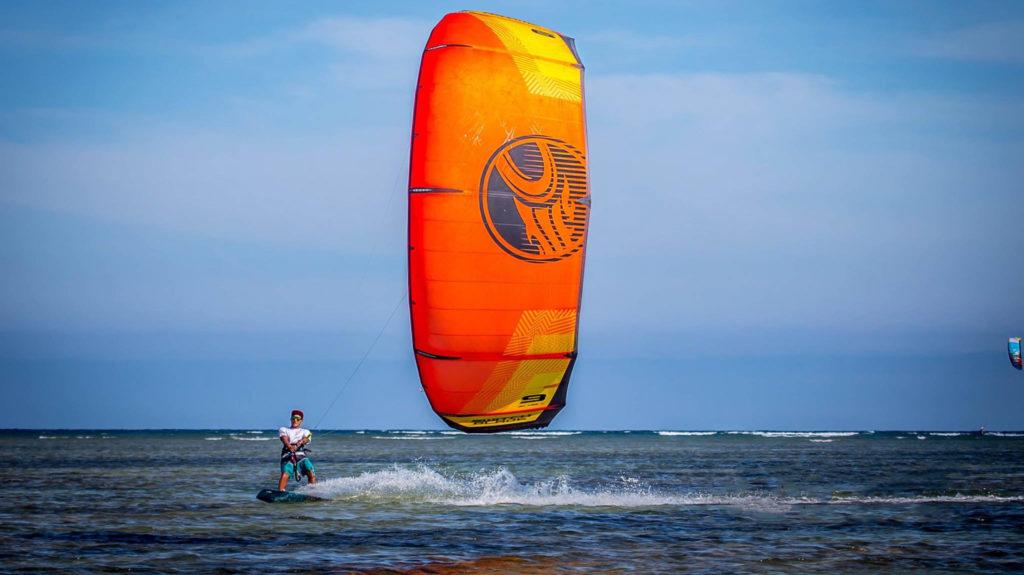
KITESURFING PHAN RANG
About 140 km north of Mui Ne is another spot where there are several kite schools that provide facilities. In this case, you will appreciate the facilities because even to Phan Rang town from the spot it is some 10-15 minutes by scooter. Nothing terrible, but you’re glad there’s somewhere to eat and drink and also accommodation.
Spot description: the spot with the kite schools is located north of Phan Rang near the village of My Hoa. Some also offer housing here, but it is a bit more expensive than in town. There is almost no beach here, or rather it is very small and so you have to go into the water when you launch your kite. But the sea bottom is clean so it is not a problem. In addition, there is a huge lagoon where there is plenty of space to learn new tricks, but BEWARE there is no water at low tide, so if you go to this spot you need to check when the high tide is, in addition to the forecasts. Otherwise you can walk to the edge of the lagoon and go enjoy a wave ride in deep water. In the lagoon, make sure there is enough water so that you don’t get stuck in the bottom during a bad jump. It is also worth mentioning some kind of pipe on the bottom, which in some places at lower water level protruded from the water and was not marked in any way and if you do not know it, it can be very surprising!
Wind: The wind direction is the same as in Mui Ne sometimes it may vary a little. But what is mainly a rule is that the wind is stronger and I would say even cleaner. This is mainly due to the fact that the coastline is more open.
Water: Compared to Mui Ne, the water here is absolutely clean, clear and you can see several meters to the bottom. For me a huge and pleasant plus. So in the lagoon between the reef and the beach, the flat water is good for learning and tricks or riding at sunset. If you get tired of the lagoon, you can go behind the reef where you can ride the waves.
Impression: from my point of view, definitely a better spot than Mui Ne, although there is no beach, but you can definitely ride better here. The only thing to remember is to watch the tide so you don’t sit there for half a day.
I believe Vietnam will have many more interesting spots where you will meet no one and there will be beautiful and untouched nature. If you go on such spot explorations though, remember the fishing nets that are really everywhere in the water.
Text.
